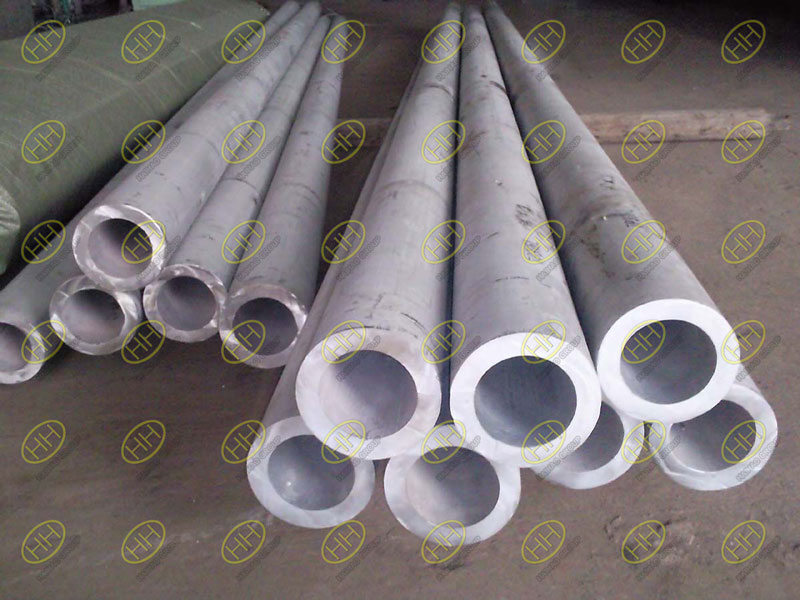Martensite stainless steel has high hardenability and can be hardened by air cooling.Therefore, measures should be taken to prevent cracking in cold forged Martensite steel, especially in high carbon steel.Martensitic steel should normally be insulated or cooled slowly and uniformly in the furnace to 593 ° C.Cracking occurs if water is sprayed directly on the forging, as it does when the die is cooled.In general, martensitic stainless steel forgings are tempered after forging to reduce the hardness of the steel so that it can be processed.
Choose martensite stainless steel the highest forging temperature to be lower than the production temperature, otherwise easy to crack.It is usually formed at temperatures between 1093℃ and 1260℃.Special care should be taken not to exceed this temperature during forging to avoid local overheating due to rapid metal movement.In addition, surface decarbonization promotes ferrite formation and should therefore be restricted.
With the increase of chromium content, ferrite formation temperature decreases, and a small amount of ferrite significantly reduces its ductility.As ferrite increases to more than 15%, malleability gradually increases until the tissue is completely transformed into ferrite.The final forging temperature is subject to allotropic transformation (the allotropic transformation starts around 816 °C), and the steel is usually stopped at 927 ° C because it is difficult to mold when the temperature is too low.

Duplex stainless steel pipes
Adding sulfur or antimony to Y12Crl3(416) steel can improve its machinability, but these elements can cause forging problems, especially if they form a surface plate-type structure.But by adjusting the forging temperature and process can be eliminated.If sulfur is added, such cracking cannot be eliminated.From this point of view, it is better to add selenium.
Martensitic stainless steel should avoid the formation of S-ferrite in the forging heating process, because the appearance of ferrite will lead to cracks in the forging process.In addition, avoid overheating caused by stainless steel forgings.The decarburization of forgings during heating mainly promotes the formation of ferrite, so the decarburization of forgings surface is minimized.There is no special requirement for the final fire deformation of martensitic stainless steel.This steel cracks easily after forging.The reason is that there is martensite and carbide structure after air cooling, and the internal stress is great.Therefore, after the forging cooling, must be carried out slowly, usually in 200℃ sandpit or slag place, after the forging is taken out, should be carried out in time isothermal annealing, to prevent cracking.
Martensitic stainless steel, especially type Crl3, is inexpensive, widely used in corrosive media (such as water vapor) and requires higher mechanical properties.The 12Crl3 steel is a semi-martensitic stainless steel with ferrite structure in addition to martensitic structure.
For more information ,please send email to me : sales@haihaogroup.com







